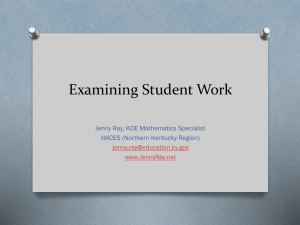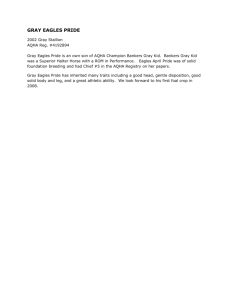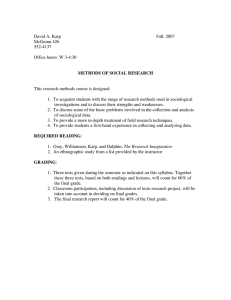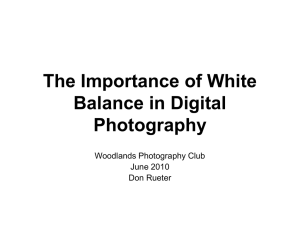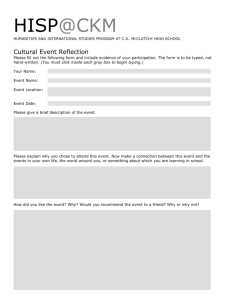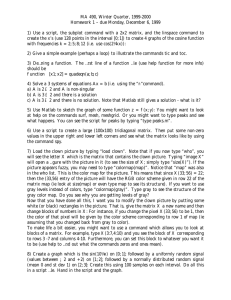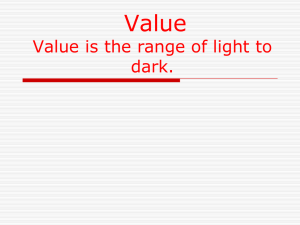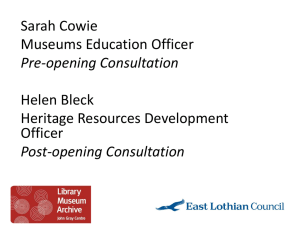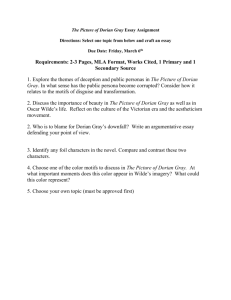Project Step 2: Initial Review of Background material
advertisement
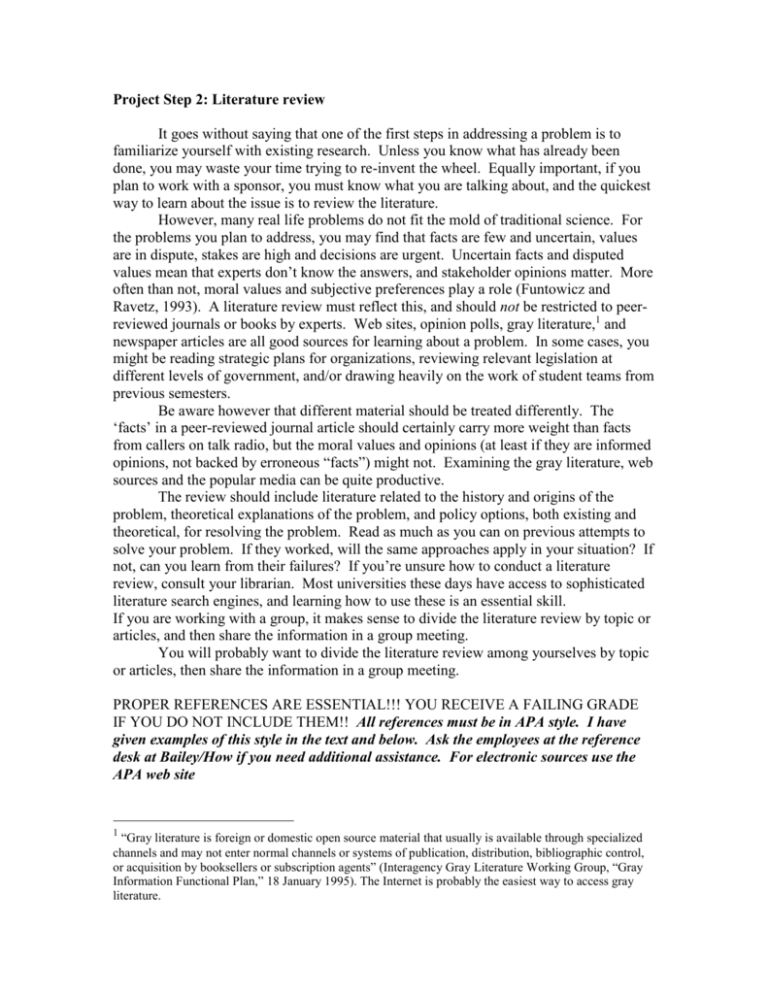
Project Step 2: Literature review It goes without saying that one of the first steps in addressing a problem is to familiarize yourself with existing research. Unless you know what has already been done, you may waste your time trying to re-invent the wheel. Equally important, if you plan to work with a sponsor, you must know what you are talking about, and the quickest way to learn about the issue is to review the literature. However, many real life problems do not fit the mold of traditional science. For the problems you plan to address, you may find that facts are few and uncertain, values are in dispute, stakes are high and decisions are urgent. Uncertain facts and disputed values mean that experts don’t know the answers, and stakeholder opinions matter. More often than not, moral values and subjective preferences play a role (Funtowicz and Ravetz, 1993). A literature review must reflect this, and should not be restricted to peerreviewed journals or books by experts. Web sites, opinion polls, gray literature,1 and newspaper articles are all good sources for learning about a problem. In some cases, you might be reading strategic plans for organizations, reviewing relevant legislation at different levels of government, and/or drawing heavily on the work of student teams from previous semesters. Be aware however that different material should be treated differently. The ‘facts’ in a peer-reviewed journal article should certainly carry more weight than facts from callers on talk radio, but the moral values and opinions (at least if they are informed opinions, not backed by erroneous “facts”) might not. Examining the gray literature, web sources and the popular media can be quite productive. The review should include literature related to the history and origins of the problem, theoretical explanations of the problem, and policy options, both existing and theoretical, for resolving the problem. Read as much as you can on previous attempts to solve your problem. If they worked, will the same approaches apply in your situation? If not, can you learn from their failures? If you’re unsure how to conduct a literature review, consult your librarian. Most universities these days have access to sophisticated literature search engines, and learning how to use these is an essential skill. If you are working with a group, it makes sense to divide the literature review by topic or articles, and then share the information in a group meeting. You will probably want to divide the literature review among yourselves by topic or articles, then share the information in a group meeting. PROPER REFERENCES ARE ESSENTIAL!!! YOU RECEIVE A FAILING GRADE IF YOU DO NOT INCLUDE THEM!! All references must be in APA style. I have given examples of this style in the text and below. Ask the employees at the reference desk at Bailey/How if you need additional assistance. For electronic sources use the APA web site 1 “Gray literature is foreign or domestic open source material that usually is available through specialized channels and may not enter normal channels or systems of publication, distribution, bibliographic control, or acquisition by booksellers or subscription agents” (Interagency Gray Literature Working Group, “Gray Information Functional Plan,” 18 January 1995). The Internet is probably the easiest way to access gray literature. References: Funtowicz, S. and J. Ravetz (1993). The Emergence of Post-Normal Science. In: R. von Schomberg (ed.), Science, Politics and Morality. Scientific Uncertainty and Decision Making, Dordrecht: Kluwer, 85 – 123.



